Third-generation anti-tank missile systems
Classification Issues
The formation of a new generation of anti-tank systems, which later received the third number, began at the turn of the seventies and eighties of the last century. During this period, electronics and rocket technology made it possible to create an ATGM capable of independently performing part of the necessary functions and relieve the operator.
It is believed that the main criterion for the third generation of complexes is the presence of a missile with a “start-and-forget” function. At the same time, tactical and technical characteristics and combat capabilities fade into the background. This definition of generation corresponds to a number of modern anti-tank systems developed by some countries.
The concept of the next fourth generation is also proposed, but there is controversy surrounding it. So, according to popular belief, this generation will include systems with maximum autonomy, capable of independently finding the target and attacking it without the participation of the operator. However, the Israeli company Rafael, which produces the anti-tank systems of the Spike family, offers a different classification. According to this version, its missiles with the function of retargeting in flight should be attributed to the fourth generation. The new Spike ATGMs have controls with elements of artificial intelligence, and therefore it is proposed that they be allocated to the fifth generation.
However, according to the generally accepted classification, Israeli anti-tank systems should be classified as the current third generation. However, the issue of whether a product belongs to a particular generation of technology does not actually affect its characteristics or commercial potential.
Generation representatives
Probably the most famous third-generation ATGM is the American-designed FGM-148 Javelin system. This complex was created in the mid-eighties and in the 1996 was adopted by the US Army. It was also supplied to third countries. Since then, the FGM-148 has been used repeatedly in combat.
The Javelin ATGM missile is equipped with an infrared homing head with a cooled matrix. The design of the GOS uses solutions aimed at increasing the efficiency of capture and tracking of a heat-contrast target. In flight, a rocket performs a maneuver in height and hits a target from the upper hemisphere. The tandem warhead provides penetration of at least 600 mm homogeneous armor for dynamic protection. The maximum range of application is 3 km.
The Israeli company Rafael offers customers six options for multi-purpose ATGM Spike, as well as several of their modifications with various innovations. The first samples of this line came into service in the early eighties; the process of modernization and development does not stop to this day. Spike systems are in service with several countries and have been used repeatedly in combat.
A common feature of all Spike missiles is the use of an infrared seeker with the “start-and-forget” principle. In some cases, other systems also receive missiles, including radio or wireline control. In addition to the “run-and-forget”, some products have the function of searching for and capturing a target in flight and redirecting it after launching at the operator’s command.
ATGM “Spike” of various modifications show the maximum firing range from 1,5 to 25 km. The characteristics of combat equipment also differ. In this case, both cumulative and fragmentation warheads were developed. Spike missiles are used on different platforms on the ground and in the air.
Of particular interest is the ATG “Nag” developed by the Indian company Bharat Dynamics Limited. This system was created from the beginning of the eighties, but successful tests were carried out only in the middle of the two thousandth. Then the ATGM was adopted and entered the series. The Nag missiles are used as part of the land system on the BMP-1 chassis. The helicopter complex is still being tested.
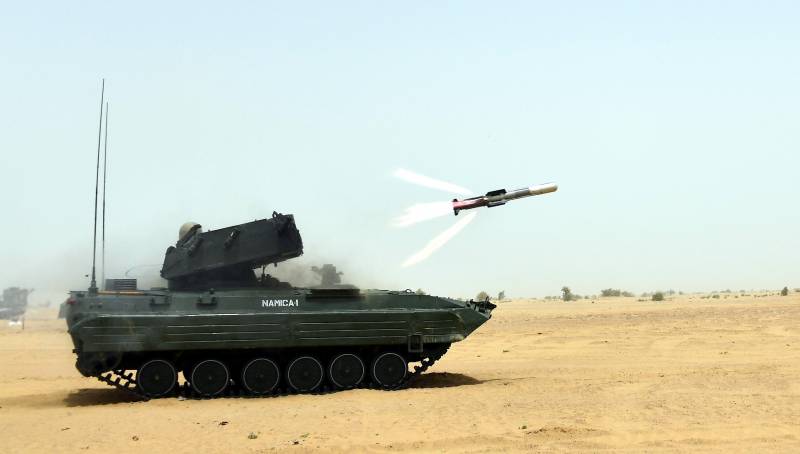
Launch of the Nag rocket from the NAMICA-1 installation. Photo by the Ministry of Defense of India / pibcms.nic.in
In the basic version, the Nag rocket is equipped with an infrared seeker. Since a certain time, an active radar head has been in development. In its current form, the missile captures the target before launch and heads towards it along the optimal path with a defeat in the upper projection. Overhead ATGM range reaches 4 km, aviation version should shoot at 8-10 km. Penetration is not specified, but it is claimed that the missile is capable of hitting modern Tanks.
Currently, the company BDL is finalizing the ATGM "Nag" for use on new media, and is also developing modernized versions of the rocket and control equipment. It is planned to improve flight performance and introduce a new GOS.
In 2014, China presented its version of the third generation ATGM. The HJ-12 is a portable guided missile system for infantry use. In terms of architecture and methods of application, the Hongjian-12 complex is similar to Javelin and some modifications of Spike. According to various sources, the HJ-12 is already in service with the PLA and can be supplied to third countries.
The HJ-12 missile is equipped with an infrared seeker capable of searching for targets day and night. GOS fully complies with the “run-and-forget” principle with the capture of the target before launch. Firing range reaches in the daytime 4 km, at night - half as much. The use of a tandem warhead with armor penetration up to 1100 mm of homogeneous armor for dynamic protection is claimed.
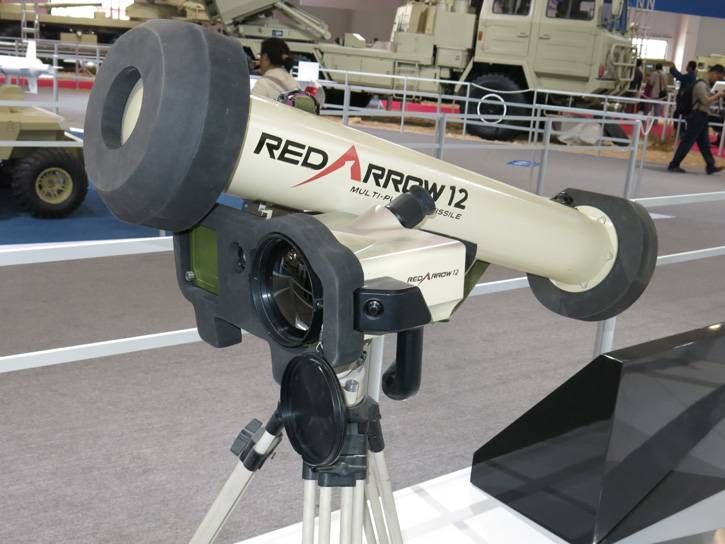
Portable complex HJ-12. Photo Defense-update.com
For a number of reasons, third-generation ATGMs are not yet in service with the Russian army. Our armed forces continue to use second-generation systems in which target destruction is ensured by automatic fire control. However, the development of fundamentally new systems is already underway. The first domestic next-generation ATGMs can enter the troops in the medium term.
Advantages and disadvantages
The main advantage of the third generation ATGM is the presence of a fully autonomous GOS, capable of hitting a target without operator intervention. Thanks to this, the complex can leave the position immediately after the shot, without risking falling under retaliation. Manual or semi-automatic guidance of a rocket from this point of view makes it difficult to solve a combat mission and leads to certain risks.
The appearance of shot-and-forget missiles is directly related to the development of electronics. Another result of this process was the emergence of new functions, such as finding and capturing a target in flight or changing a target directly on the trajectory. Also, thanks to the development of electronic systems, the possibilities of working for external target designation, transferring a flying rocket under the control of another launcher, etc. are being introduced.
However, all such advantages are associated with characteristic disadvantages. A modern rocket with advanced GOS and controls is of high cost. From the point of view of the cost of production and operation of the third generation ATGMs noticeably lose to the second. In the third generation, sophisticated electronics are available on the launcher and on the rocket. The second generation provides for the use of more complex and expensive systems only on the media, while the rocket is simplified and cheaper.
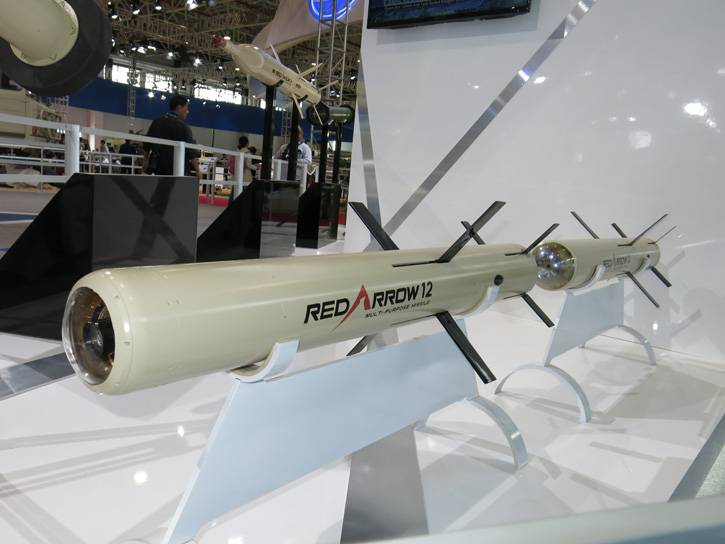
Missiles "Hongjian-12". Photo Defense-update.com
It is the economic characteristics of different ATGMs that are the main prerequisite for the situation observed in the world. Leading countries are developing and putting into service their third generation systems. Other armies buy this weapon. At the same time, the development of second-generation ATGMs continues, and such products are no less popular in the international market.
However, in a number of situations, third-generation ATGMs, including with additional features, they have obvious advantages over other systems. Thus, it should be expected that in the foreseeable future, the systems of two generations will enjoy the success of the international market at once. This situation will continue until the fundamentally new next-generation ATGMs enter the market. When this happens is unclear. It can be assumed that the appearance of a conditional fourth-generation ATGM will hit the positions of its predecessors, but it will not be able to quickly displace them from the market and from arsenals.
The development of the third generation of anti-tank systems continues, and new models with special capabilities regularly appear. Progress in this area allows some manufacturers to even talk about the start of new generations. However, the emergence of new systems does not yet threaten the third generation. Obviously, this generation will remain in service for a long time and will soon give way to other complexes.
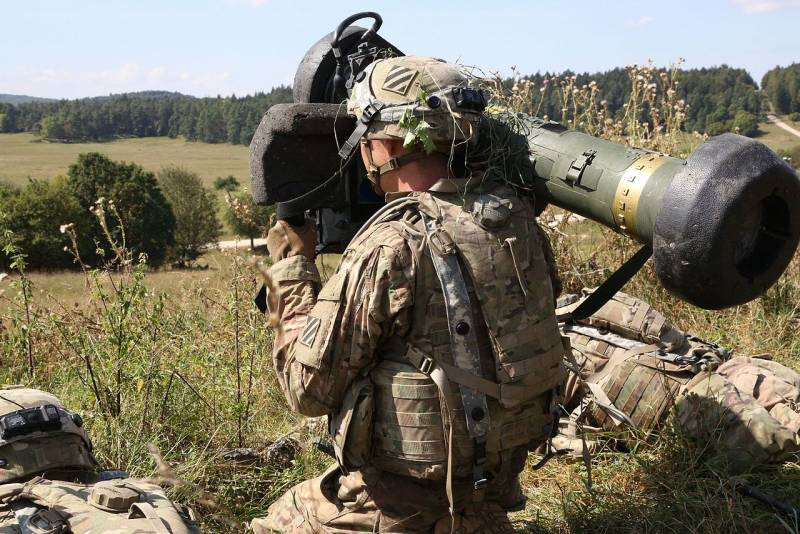
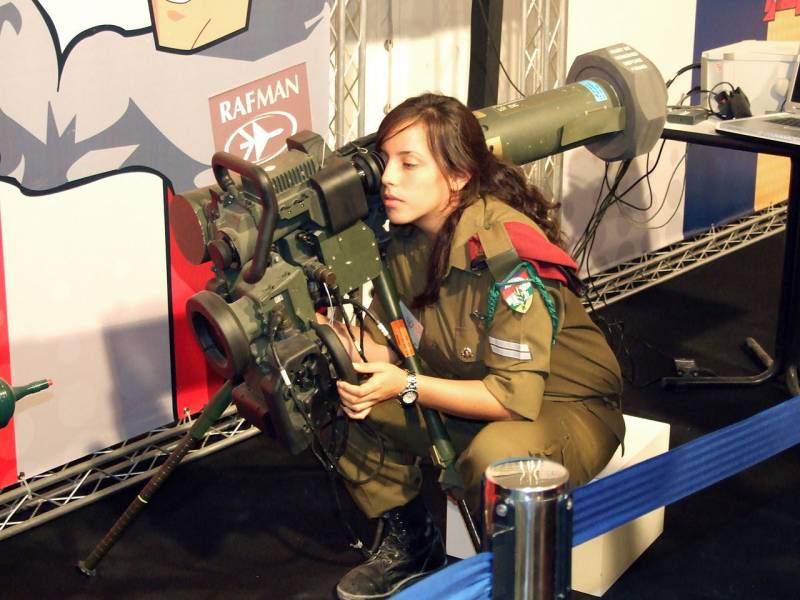
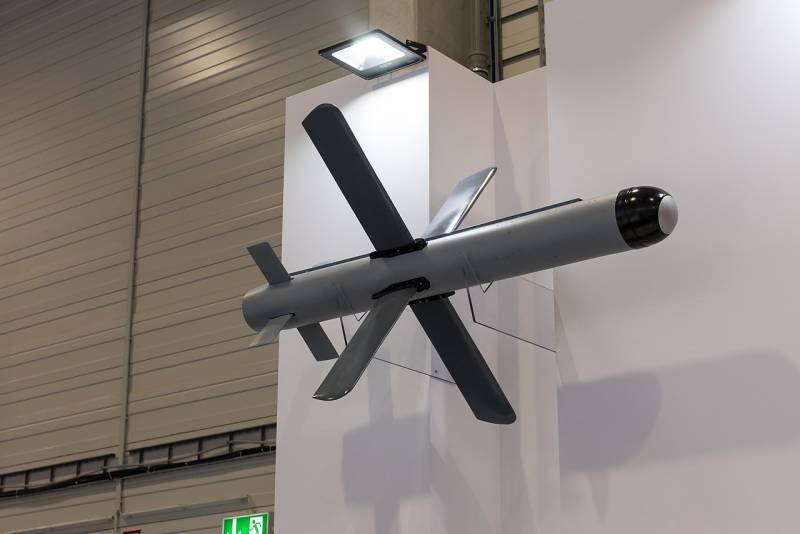
Information